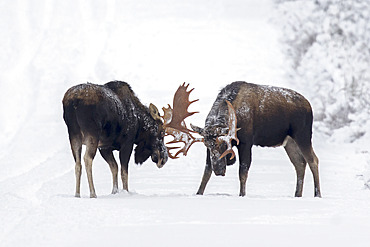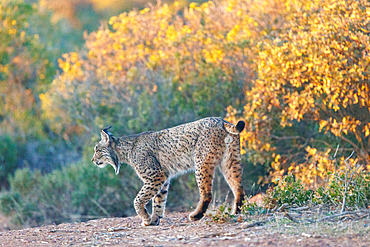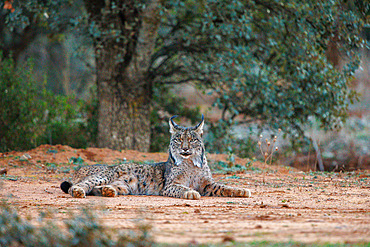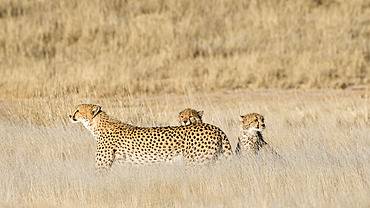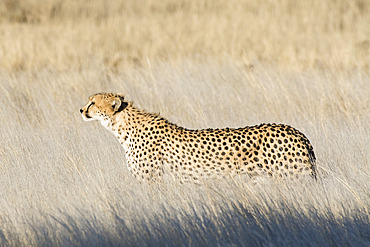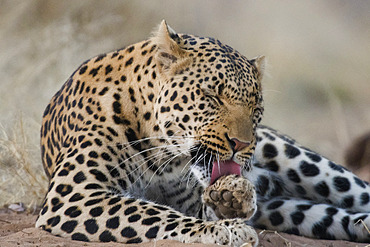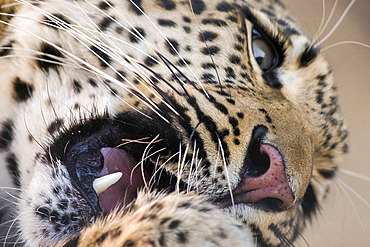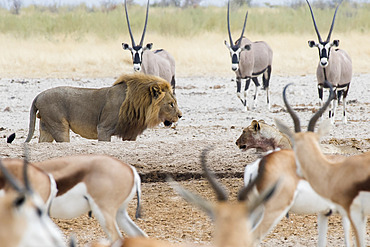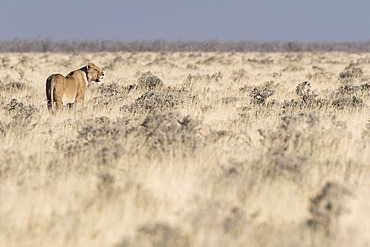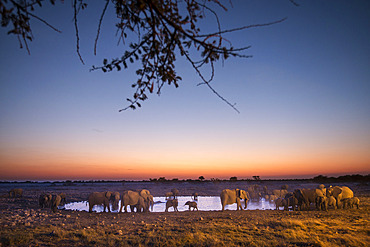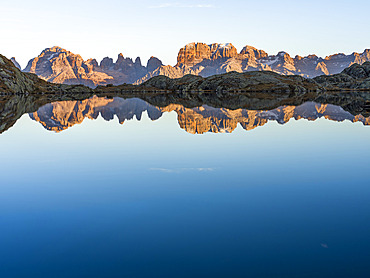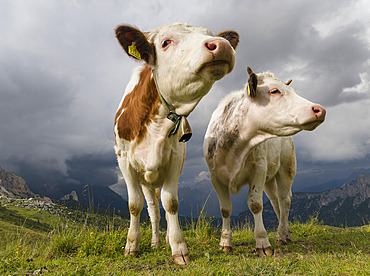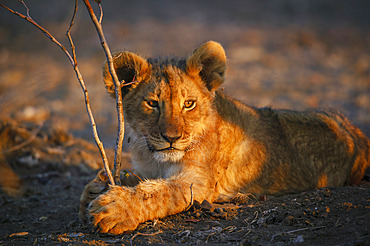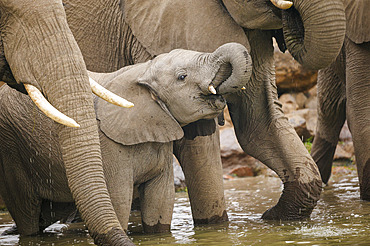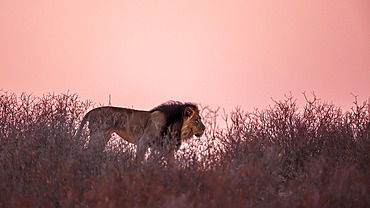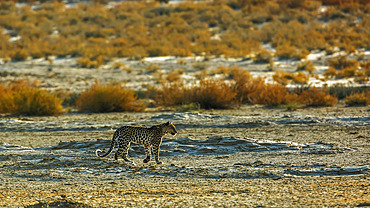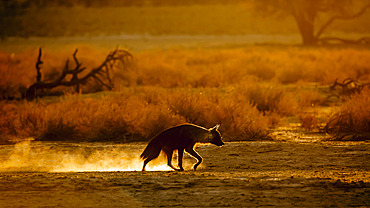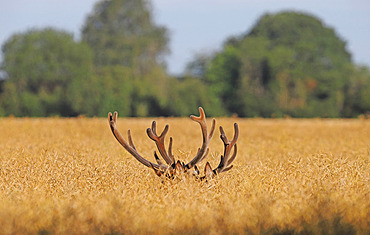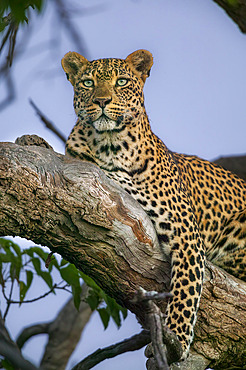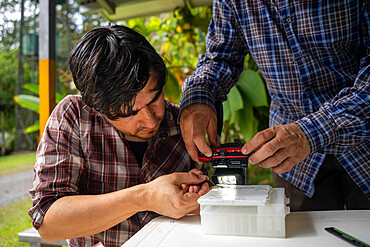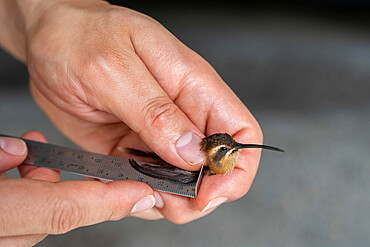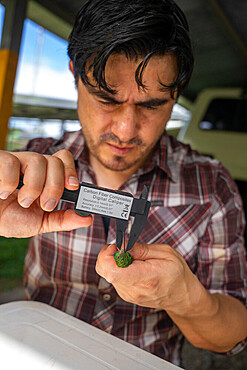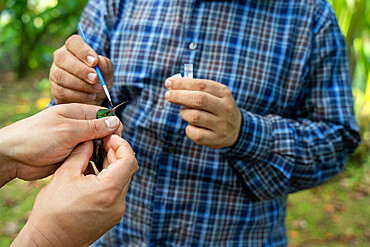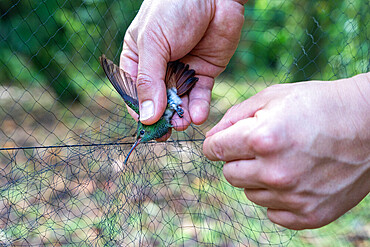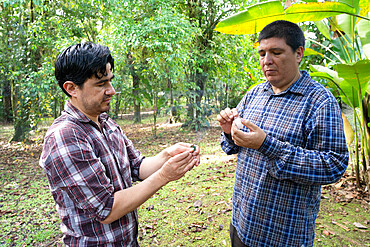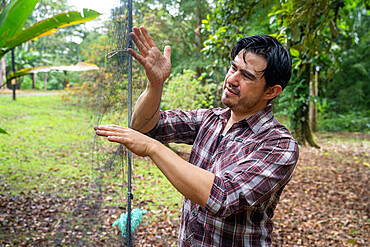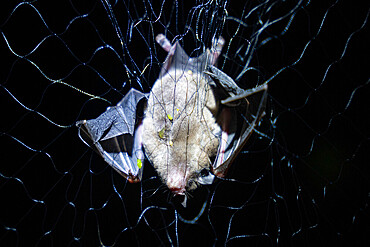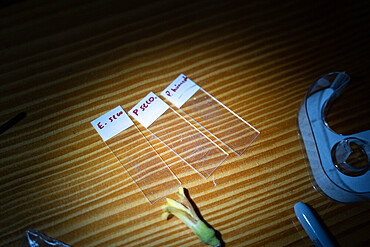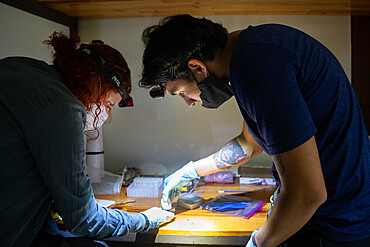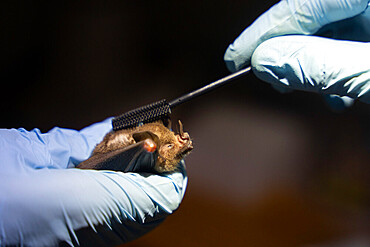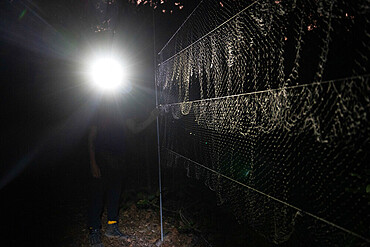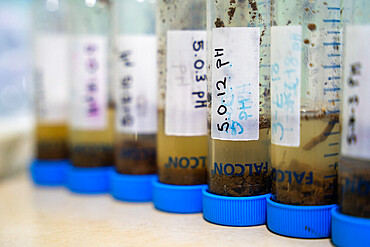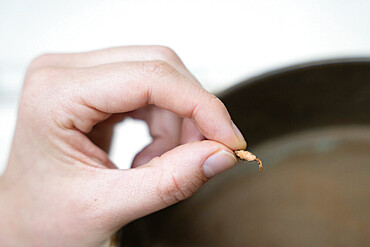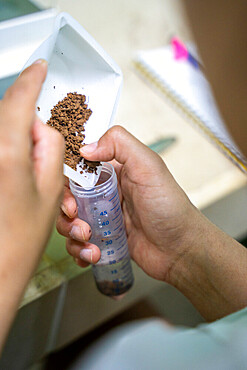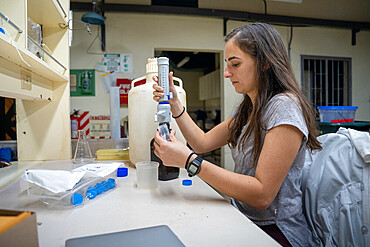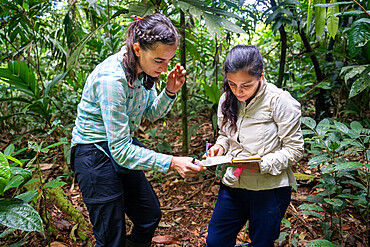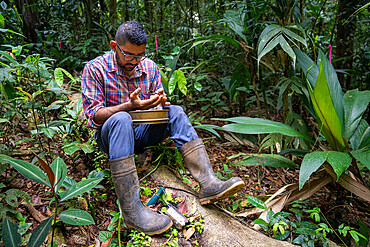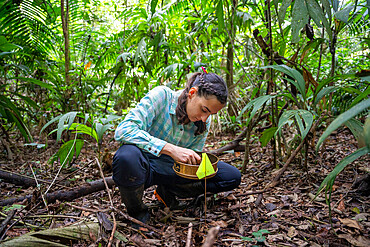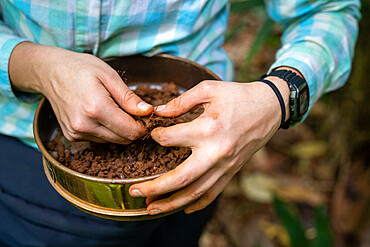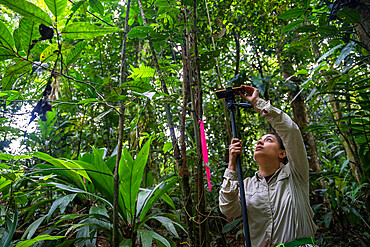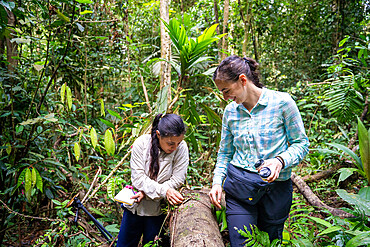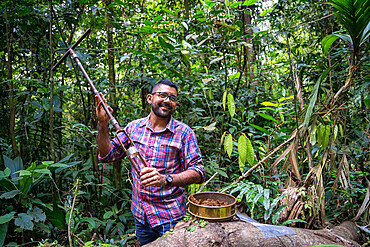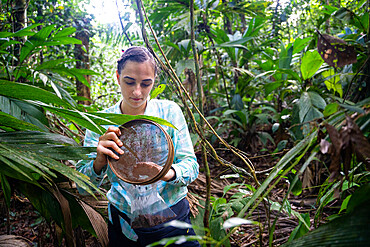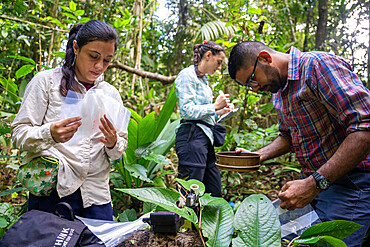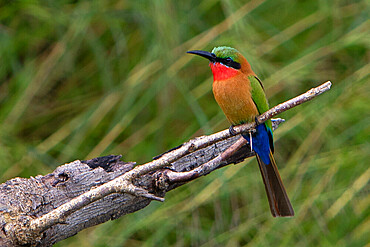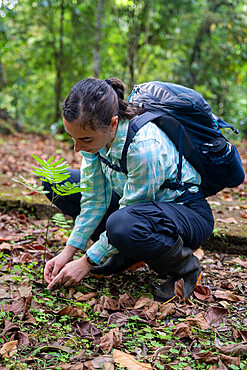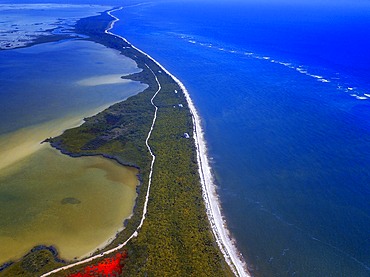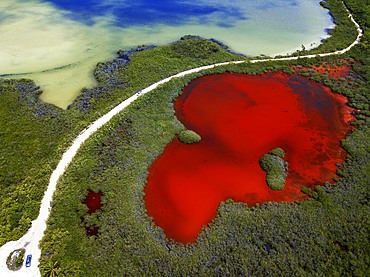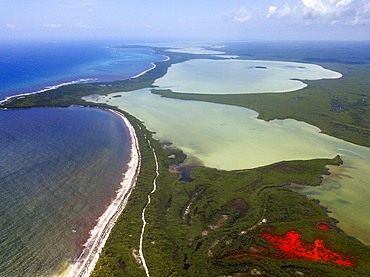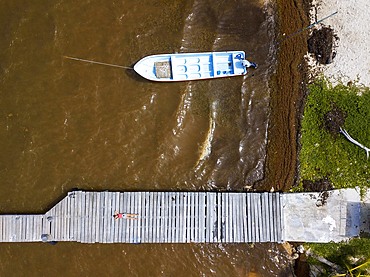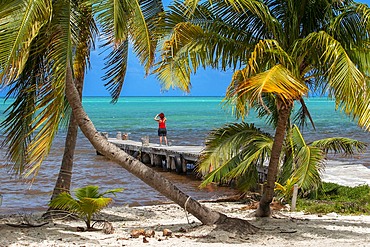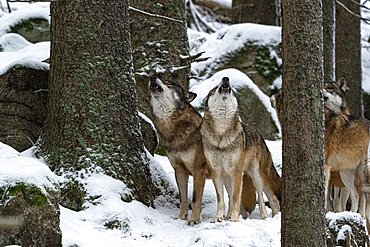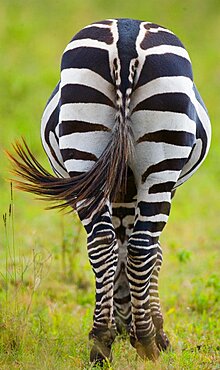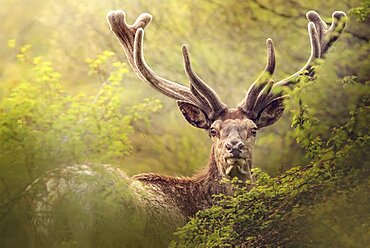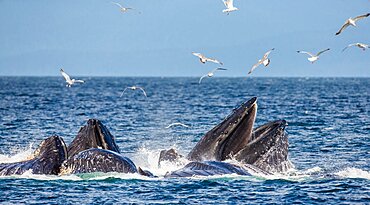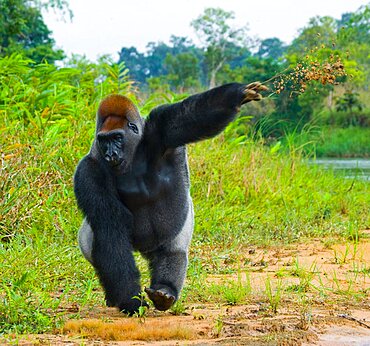Recent searches
Loading...
860-291553 - Eastern moose (Alces americanus) males confront each other on a snowy forest track after the rutting season. A friendly fight that allows the dominant male to consolidate his stature. Parc de la Gaspesie. Quebec. Canada
860-291552 - Eastern moose (Alces americanus) males on a snowy forest track after the rutting season. Parc de la Gaspesie. Quebec. Canada
860-291551 - Ostrich (Struthio camelus) female, Etosha, Namibia
860-291543 - Mullets, Cote Bleue Marine Park, Carry-le-Rouet, Bouches-du-Rhone, France
860-291535 - Iberian Lynx (Lynx pardinus) at rest, Finca de Penalajo, Private property supporting the protection of the lynx, Castilla, Spain
860-291536 - Iberian Lynx (Lynx pardinus) walking, Finca de Penalajo, Private property supporting the protection of the lynx, Castilla, Spain
860-291534 - Iberian Lynx (Lynx pardinus) walking, Finca de Penalajo, Private property supporting the protection of the lynx, Castilla, Spain
860-291533 - Iberian Lynx (Lynx pardinus) at rest, Finca de Penalajo, Private property supporting the protection of the lynx, Castilla, Spain
860-291522 - Cap Blanc-nez in the mist at sunrise, Opal Coast, Pas-de-Calais, France
860-291518 - Cheetah (Acinonyx jubatus) female with cubs in the savannah, Okonjima private game reserve, Namibia
860-291517 - Cheetah (Acinonyx jubatus)female in the savannah, Okonjima private game reserve, Namibia
860-291516 - African leopard (Panthera pardus) grooming, Zelda guest farm, Gobabis, Omaheke, Namibia
860-291515 - African leopard (Panthera pardus) portrait, Zelda guest farm, Gobabis, Omaheke, Namibia
860-291514 - African leopard (Panthera pardus) close-up haircoat, Zelda guest farm, Gobabis, Omaheke, Namibia
860-291512 - Lions (Panthera leo) between Oryx gazelles (Oryx gazella) and Springboks (Antidorcas marsupialis), Etosha National Park, Namibia
860-291511 - Lion (Panthera leo) with Plains Zebra (Equus quagga), Springbok (Antidorcas marsupialis) and Blue Wildebeest (Connochaetes taurinus) at waterhole, Etosha National Park, Namibia
860-291510 - Lion (Panthera leo) male in front of Gemsbok (Oryx gazella), Etosha National Park, Namibia
860-291508 - Lion (Panthera leo) lioness in the savannah, Etosha National Park, Namibia
860-291509 - Lion (Panthera leo) lioness in the savannah, Etosha National Park, Namibia
860-291507 - African Elephant (Loxodonta africana) near a tree at Okaukuejo waterhole, sunset setting, Etosha National Park, Namibia
860-291506 - African Elephant (Loxodonta africana) herd at Okaukuejo waterhole, sunset setting, Etosha National Park, Namibia
860-291505 - African Elephant (Loxodonta africana) herd arriving at waterhole in the dust, evening atmosphere, Okaukuejo water hole, Etosha National Park, Namibia
860-291502 - The summits of Brenta mountain range are reflected in Lago Nero. Brenta group in the Dolomites, part of UNESCO world heritage The Dolomites. Europe, Italy, Val Rendena
860-291500 - Ponta de Sorapis seen from Lago del Sorapis in the dolomites of the Veneto. These Dolomites are part of the UNESCO world heritage. Europe, Central Europe, Italy
860-291498 - Cows on alpine pasture. Dolomites at Passo Giau. Europe, Central Europe, Italy
860-291491 - Impala or rooibok (Aepyceros melampus) herd feeding under nashatu or nyala (Xanthocercis zambesiaca) trees Mashatu, Northern Tuli Game Reserve. Botswana
860-291490 - Lion (Panther leo) cub in late afternoon light. Mashatu, Northern Tuli Game Reserve. Botswana
860-291489 - African bush elephant (Loxodonta africana) drinking at a waterhole. Mashatu, Northern Tuli Game Reserve. Botswana
860-291488 - Lion (Panthera leo). Mashatu, Northern Tuli Game Reserve. Botswana
860-291487 - African lion walking on top of dune at sunrise in Kgalagadi transfrontier park, South Africa; Specie panthera leo family of felidae
860-291486 - African lion walking on top of dune at dawn in Kgalagadi transfrontier park, South Africa; Specie panthera leo family of felidae
860-291485 - Leopard walking backlit in dry land in Kgalagadi transfrontier park, South Africa; specie Panthera pardus family of Felidae
860-291484 - Brown hyena walking in backlit at dusk in Kgalagadi transfrontier park, South Africa; specie Parahyaena brunnea family of Hyaenidae
860-291483 - Red deer (Cervus elaphus) antlers protruding from an oilseed rape field, Haute Vallee de Chevreuse. France.
860-291472 - Bateleur Eagle in loving parade in Kgalagadi transfrontier park, South Africa ; Specie Terathopius ecaudatus family of Accipitridae
860-291468 - The incredibly beautiful Iguazu Falls on the border between Brazil and Argentina.
860-291466 - A leopard (Panthera pardus) with beautiful green eyes resting in a tree. Tuli Block. Botswana.
860-291467 - The incredibly beautiful Iguazu Falls on the border between Brazil and Argentina.
860-291453 - Traces of combine harvester after wheat harvest in the fields in summer, Lorraine Regional Nature Park, France
860-291442 - Researcher photographing a 2.6 gram Stripe-throated Hermit hummingbird as part of a pollination study, rainforest at the "La Selva" research station in Puerto Viejo de Sarapiqui, Costa Rica
860-291441 - Researcher measuring a 2.6 gram Stripe-throated Hermit hummingbird wing as part of a pollination study, rainforest at the "La Selva" research station in Puerto Viejo de Sarapiqui, Costa Rica
860-291439 - Researcher measuring the beak of a Rufous-tailed hummingbird as part of a pollination study, rainforest at the "La Selva" research station in Puerto Viejo de Sarapiqui, Costa Rica
860-291440 - Researchers picking up pollen with a brush from the beak of a hummingbird Stripe-throated Hermit as part of a pollination study, rainforest at the "La Selva" research station in Puerto Viejo de Sarapiqui, Costa Rica
860-291438 - Researchers picking up pollen with a brush from the beak of a Rufous-tailed hummingbird as part of a pollination study, rainforest at the "La Selva" research station in Puerto Viejo de Sarapiqui , Costa Rica
860-291436 - Researcher catching Rufous-tailed Hummingbird (Amazilia Tzacatl) in a net set up for pollination study, rainforest at "La Selva" research station in Puerto Viejo de Sarapiqui, Costa Rica
860-291437 - Researchers picking up pollen using tape on the beak of a Rufous-tailed hummingbird as part of a pollination study, rainforest at the "La Selva" research station in Puerto Viejo de Sarapiqui, Costa Rica
860-291434 - Researcher setting up a net to capture hummingbirds as part of a pollination study, rainforest at the "La Selva" research station in Puerto Viejo de Sarapiqui, Costa Rica
860-291435 - Rufous-tailed Hummingbird (Amazilia tzacatl) in a net set up by a researcher as part of a pollination study, rainforest at the "La Selva" research station in Puerto Viejo de Sarapiqui, Costa Rica
860-291433 - Fringe-lipped Bat (Trachops cirrhosus) in the hand of a scientist as part of a pollination study, tropical forest at the "La Selva" research station in Puerto Viejo de Sarapiqui, Costa Rica
860-291432 - Bat caught in a net as part of a pollination study, rainforest at the "La Selva" research station in Puerto Viejo de Sarapiqui, Costa Rica
860-291431 - Researcher unhooking a bat caught in a net as part of a pollination study, rainforest at the "La Selva" research station in Puerto Viejo de Sarapiqui, Costa Rica
860-291430 - Researchers applying a mascara brush to the hairs of a Sowell's short-tailed bat (Carollia sowelli) to test methods to capture pollen that bats may carry as part of a pollination study, rainforest at the "La Selva" research station in Puerto Viejo de Sarapiqui, Costa Rica
860-291429 - 3 microscope slides to analyze pollen transported on bat hairs, "La Selva" research station in Puerto Viejo de Sarapiqui, Costa Rica
860-291427 - Researchers applying tape to the hairs of a bat to test methods to capture the pollen it carries as part of a pollination study, rainforest at the 'La Selva' research station in Puerto Viejo de Sarapiqui, Costa Rica
860-291428 - Researchers applying a mascara brush to the hairs of a Sowell's short-tailed bat (Carollia sowelli) to test methods to capture pollen that bats may carry as part of a pollination study, rainforest at the "La Selva" research station in Puerto Viejo de Sarapiqui, Costa Rica
860-291426 - Sowell's short-tailed bat (Carollia sowelli) caught as part of a pollination study, rainforest at the "La Selva" research station in Puerto Viejo de Sarapiqui, Costa Rica
860-291424 - Net for catching bats as part of a pollination study, rainforest at the "La Selva" research station in Puerto Viejo de Sarapiqui, Costa Rica
860-291425 - Sowell's short-tailed bat (Carollia sowelli) caught as part of a pollination study, rainforest at the "La Selva" research station in Puerto Viejo de Sarapiqui, Costa Rica
860-291423 - Installation of a sign on a hiking trail indicating the presence of nets to capture bats as part of a pollination study, rainforest of the "La Selva" research station in Puerto Viejo de Sarapiqui, Costa Ricardo
860-291422 - Earth diluted with water in order to extract the PH from the soil as part of a study on nitrogen exchanges between bacteria and the roots of legumes in the tropical forest of the "La Selva" research station in Puerto Viejo from Sarapiqui, Costa Rica
860-291421 - 27-year-old female researcher working on nitrogen exchange between bacteria and the roots of legumes showing an example of a nodule of bacteria attached to the roots in the rainforest of the "La Selva" research station in Puerto Viejo de Sarapiqui, Costa Rica
860-291420 - Earth diluted with water in order to extract the PH from the soil as part of a study on nitrogen exchanges between bacteria and the roots of legumes in the tropical forest of the "La Selva" research station in Puerto Viejo from Sarapiqui, Costa Rica
860-291419 - 27-year-old researcher working in a lab on nitrogen exchange between bacteria and the roots of legumes in the rainforest at the "La Selva" research station in Puerto Viejo de Sarapiqui, Costa Rica
860-291418 - 27-year-old researcher and her team working on nitrogen exchange between bacteria and the roots of legumes in the rainforest at the "La Selva" research station in Puerto Viejo de Sarapiqui, Costa Rica
860-291417 - Research assistant working on nitrogen exchanges between bacteria and the roots of legumes in the tropical forest of the "La Selva" research station in Puerto Viejo de Sarapiqui, Costa Rica
860-291415 - 27-year-old researcher working on nitrogen exchange between bacteria and the roots of legumes in the rainforest at the "La Selva" research station in Puerto Viejo de Sarapiqui, Costa Rica
860-291416 - 27-year-old researcher working on nitrogen exchange between bacteria and the roots of legumes in the rainforest at the "La Selva" research station in Puerto Viejo de Sarapiqui, Costa Rica
860-291414 - 29-year-old assistant researcher working on nitrogen exchange between bacteria and the roots of legumes in the rainforest at the "La Selva" research station in Puerto Viejo de Sarapiqui, Costa Rica
860-291413 - 27-year-old researcher working on nitrogen exchange between bacteria and the roots of legumes in the rainforest at the "La Selva" research station in Puerto Viejo de Sarapiqui, Costa Rica
860-291411 - Instrument for measuring soil humidity at research station ?La Selva? in Puerto Viejo de Sarapiqui, Costa Rica
860-291412 - Research assistant working on nitrogen exchanges between bacteria and the roots of legumes in the tropical forest of the "La Selva" research station in Puerto Viejo de Sarapiqui, Costa Rica
860-291409 - 27-year-old researcher working on nitrogen exchange between bacteria and the roots of legumes in the rainforest at the "La Selva" research station in Puerto Viejo de Sarapiqui, Costa Rica
860-291410 - 27-year-old researcher working on nitrogen exchange between bacteria and the roots of legumes in the rainforest at the "La Selva" research station in Puerto Viejo de Sarapiqui, Costa Rica
860-291408 - 27-year-old researcher and her team working on nitrogen exchange between bacteria and the roots of legumes in the rainforest at the "La Selva" research station in Puerto Viejo de Sarapiqui, Costa Rica
860-291407 - Researchers walking through the rainforest at the "La Selva" research station in Puerto Viejo de Sarapiqui, Costa Rica
860-291405 - Red-throated bee-eater (Merops bulocki) on a branch, Murchison Falls National Park, Uganda
860-291406 - 27-year-old researcher in front of the Pracaxi legume (Pentaclethra macroloba) at the "La Selva" research station in Puerto Viejo de Sarapiqui, Costa Rica
860-291404 - Portrait of Shoebill (Balaeniceps rex), Mabamba bay, Lake Victoria, Uganda
860-291501 - Croda da Lago in the Dolomites of the Veneto near Cortina d'Ampezzo, view towards Sorapis. Part of the UNESCO world heritage. Europe, Central Europe, Italy
860-291499 - Cows on alpine pasture. Dolomites at Passo Giau. Europe, Central Europe, Italy
1350-6627 - Aerial view of Punta Allen Sian Ka'an Reserve, Yucatan Peninsula, Mexico. Red lagoon near Boca Paila Bridge.
In the language of the Mayan peoples who once inhabited this region, Sian Ka'an means Origin of the Sky. Located on the east coast of the Yucatán peninsula, this biosphere reserve contains tropical forests, mangroves and marshes, as well as a large marine section intersected by a barrier reef. It provides a habitat for a remarkably rich flora and a fauna comprising more than 300 species of birds, as well as a large number of the region's characteristic terrestrial vertebrates, which cohabit in the diverse environment formed by its complex hydrological system.
Along its roughly 120 kilometres of coastline, the property covers over 400,000 hectares of land ranging from sea level to only ten m.a.s.l. The property boasts diverse tropical forests, palm savannah, one of the most pristine wetlands in the region, lagoons, extensive mangrove stands, as well as sandy beaches and dunes. The 120,000 hectares of marine area protect a valuable part of the Mesoamerican Barrier Reef and seagrass beds in the shallow bays. The lush green of the forests and the many shades of blue of the lagoons and the Caribbean Sea under a wide sky offer fascinating visual impressions.
1350-6623 - Aerial view of Punta Allen Sian Ka'an Reserve, Yucatan Peninsula, Mexico. Red lagoon near Boca Paila Bridge.
In the language of the Mayan peoples who once inhabited this region, Sian Ka'an means Origin of the Sky. Located on the east coast of the Yucatán peninsula, this biosphere reserve contains tropical forests, mangroves and marshes, as well as a large marine section intersected by a barrier reef. It provides a habitat for a remarkably rich flora and a fauna comprising more than 300 species of birds, as well as a large number of the region's characteristic terrestrial vertebrates, which cohabit in the diverse environment formed by its complex hydrological system.
Along its roughly 120 kilometres of coastline, the property covers over 400,000 hectares of land ranging from sea level to only ten m.a.s.l. The property boasts diverse tropical forests, palm savannah, one of the most pristine wetlands in the region, lagoons, extensive mangrove stands, as well as sandy beaches and dunes. The 120,000 hectares of marine area protect a valuable part of the Mesoamerican Barrier Reef and seagrass beds in the shallow bays. The lush green of the forests and the many shades of blue of the lagoons and the Caribbean Sea under a wide sky offer fascinating visual impressions.
1350-6625 - Aerial view of Punta Allen Sian Ka'an Reserve, Yucatan Peninsula, Mexico. Red lagoon near Boca Paila Bridge.
In the language of the Mayan peoples who once inhabited this region, Sian Ka'an means Origin of the Sky. Located on the east coast of the Yucatán peninsula, this biosphere reserve contains tropical forests, mangroves and marshes, as well as a large marine section intersected by a barrier reef. It provides a habitat for a remarkably rich flora and a fauna comprising more than 300 species of birds, as well as a large number of the region's characteristic terrestrial vertebrates, which cohabit in the diverse environment formed by its complex hydrological system.
Along its roughly 120 kilometres of coastline, the property covers over 400,000 hectares of land ranging from sea level to only ten m.a.s.l. The property boasts diverse tropical forests, palm savannah, one of the most pristine wetlands in the region, lagoons, extensive mangrove stands, as well as sandy beaches and dunes. The 120,000 hectares of marine area protect a valuable part of the Mesoamerican Barrier Reef and seagrass beds in the shallow bays. The lush green of the forests and the many shades of blue of the lagoons and the Caribbean Sea under a wide sky offer fascinating visual impressions.
1350-6620 - Aerial view of Punta Allen Sian Ka'an Reserve, Yucatan Peninsula, Mexico. Red lagoon near Boca Paila Bridge.
In the language of the Mayan peoples who once inhabited this region, Sian Ka'an means Origin of the Sky. Located on the east coast of the Yucatán peninsula, this biosphere reserve contains tropical forests, mangroves and marshes, as well as a large marine section intersected by a barrier reef. It provides a habitat for a remarkably rich flora and a fauna comprising more than 300 species of birds, as well as a large number of the region's characteristic terrestrial vertebrates, which cohabit in the diverse environment formed by its complex hydrological system.
Along its roughly 120 kilometres of coastline, the property covers over 400,000 hectares of land ranging from sea level to only ten m.a.s.l. The property boasts diverse tropical forests, palm savannah, one of the most pristine wetlands in the region, lagoons, extensive mangrove stands, as well as sandy beaches and dunes. The 120,000 hectares of marine area protect a valuable part of the Mesoamerican Barrier Reef and seagrass beds in the shallow bays. The lush green of the forests and the many shades of blue of the lagoons and the Caribbean Sea under a wide sky offer fascinating visual impressions.
1350-6616 - Aerial view of Punta Allen Sian Ka'an Reserve, Yucatan Peninsula, Mexico.
In the language of the Mayan peoples who once inhabited this region, Sian Ka'an means Origin of the Sky. Located on the east coast of the Yucatán peninsula, this biosphere reserve contains tropical forests, mangroves and marshes, as well as a large marine section intersected by a barrier reef. It provides a habitat for a remarkably rich flora and a fauna comprising more than 300 species of birds, as well as a large number of the region's characteristic terrestrial vertebrates, which cohabit in the diverse environment formed by its complex hydrological system.
Along its roughly 120 kilometres of coastline, the property covers over 400,000 hectares of land ranging from sea level to only ten m.a.s.l. The property boasts diverse tropical forests, palm savannah, one of the most pristine wetlands in the region, lagoons, extensive mangrove stands, as well as sandy beaches and dunes. The 120,000 hectares of marine area protect a valuable part of the Mesoamerican Barrier Reef and seagrass beds in the shallow bays. The lush green of the forests and the many shades of blue of the lagoons and the Caribbean Sea under a wide sky offer fascinating visual impressions.
1350-6615 - Palms and old pier in Punta Allen Sian Ka'an Reserve, Yucatan Peninsula, Mexico.
In the language of the Mayan peoples who once inhabited this region, Sian Ka'an means Origin of the Sky. Located on the east coast of the Yucatán peninsula, this biosphere reserve contains tropical forests, mangroves and marshes, as well as a large marine section intersected by a barrier reef. It provides a habitat for a remarkably rich flora and a fauna comprising more than 300 species of birds, as well as a large number of the region's characteristic terrestrial vertebrates, which cohabit in the diverse environment formed by its complex hydrological system.
Along its roughly 120 kilometres of coastline, the property covers over 400,000 hectares of land ranging from sea level to only ten m.a.s.l. The property boasts diverse tropical forests, palm savannah, one of the most pristine wetlands in the region, lagoons, extensive mangrove stands, as well as sandy beaches and dunes. The 120,000 hectares of marine area protect a valuable part of the Mesoamerican Barrier Reef and seagrass beds in the shallow bays. The lush green of the forests and the many shades of blue of the lagoons and the Caribbean Sea under a wide sky offer fascinating visual impressions.
860-291135 - Eagle flies from stone with prey in its claws. Alaska. Katmai National Park. USA.
860-291260 - Coyote (Canis latrans) lying in snow, Yellowstone National park, USA
860-291030 - Tourists on the staircase going to the summit of the Lion's rock, former capitale of king Kasyapa from 477 to 495. Sirigiya. Sri-Lanka.
860-291216 - Two bald eagles (Haliaeetus leucocephalus) are sitting on a tree
860-291361 - Pack of wolves howling (Canis Lupus) on snow, captive, Sumava National Park, Bohemian Forest, Czech Republic, Europe
860-291235 - Portrait of lowland gorilla (Gorilla gorilla gorilla), Republic of the Congo
860-291090 - Zebra (Equus quagga). Back view. Kenya. Tanzania. National Park. Serengeti. Maasai Mara.
860-291337 - Red deer (Cervus elaphus) male looking in the camera, Parco Nazionale d'Abruzzo, L'Aquila, Civitella Alfedena, Italy
860-291155 - Galapagos sea lion (Zalophus wollebaeki) is sitting on the sand Galapagos Islands. Pacific Ocean. Ecuador.
860-291364 - Couple of wolfs (Canis Lupus) on snow, captive, Sumava National Park, Bohemian Forest, Czech Republic, Europe
860-291137 - Bubble-net feeding of the Humpback whales (Megaptera novaeangliae). Chatham Strait area. Alaska. USA.
860-291279 - Big male lion (Panthera leo) on a big rock. Serengeti National Park. Tanzania.
860-291105 - Baby giraffe (Giraffa camelopardalis tippelskirchi) in the savannah. Kenya. Tanzania. East Africa.
860-291238 - Lowland gorillas (Gorilla gorilla gorilla) in the wild. Republic of the Congo
